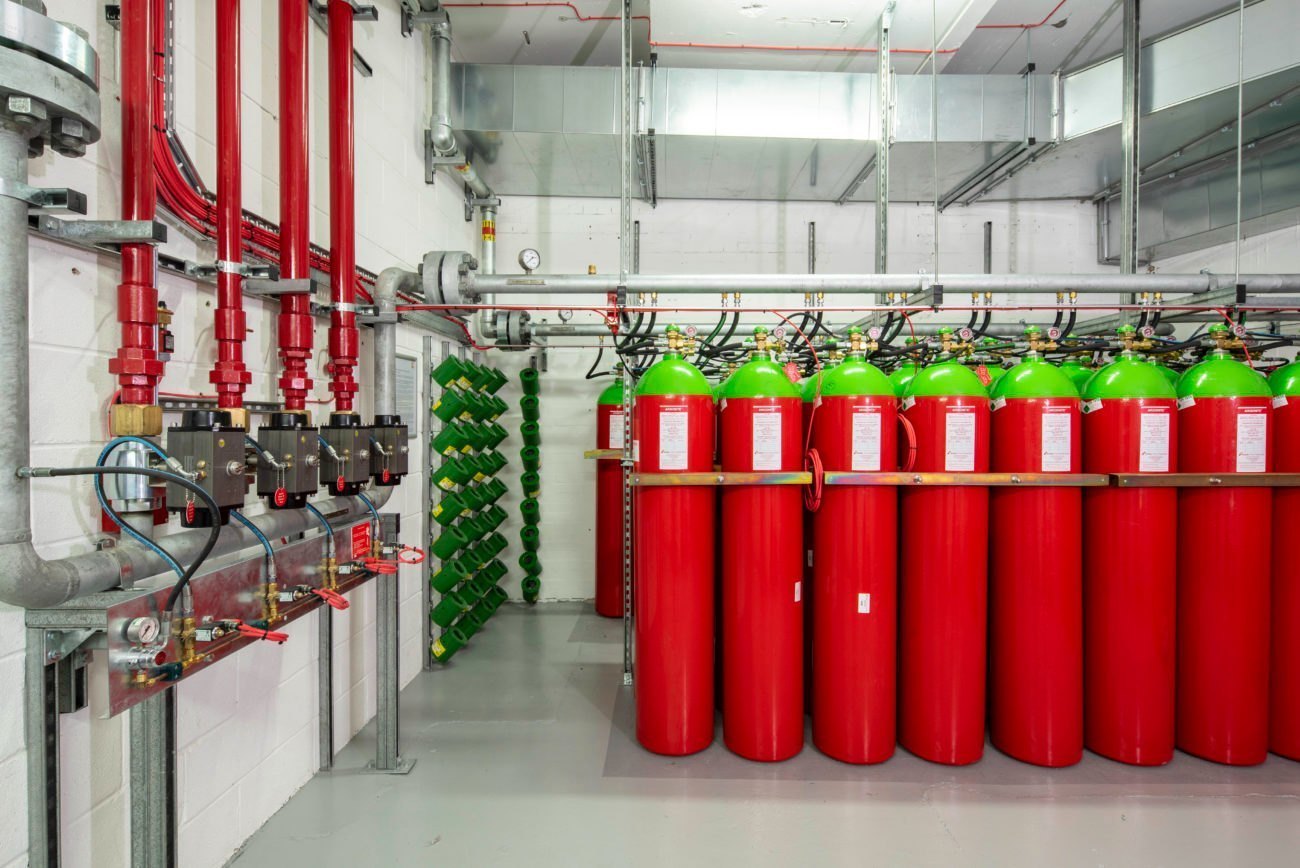Send Us mail

Inert Gas System
An Inert Gas System (IGS) is a critical safety feature onboard ships, primarily in tankers, that is used to prevent the formation of combustible mixtures in the cargo tanks. It does so by replacing the oxygen in the tanks with an inert gas, typically nitrogen or carbon dioxide, to minimize the risk of a fire or explosion.
Why is an Inert Gas System Needed?
In the maritime industry, ships that carry flammable liquids (like oil tankers or chemical carriers) often have cargo holds or tanks that can contain explosive vapors. The air inside these tanks contains oxygen, which can easily mix with flammable gases to create a volatile environment. If a spark or heat source ignites the mixture, it can lead to catastrophic explosions.
To mitigate this, an Inert Gas System ensures that the atmosphere inside the cargo tanks is inert, meaning it lacks the oxygen needed to support combustion. This helps prevent fires or explosions from happening, especially during cargo operations (loading or unloading).
How It Works
Inert Gas Production:
The inert gas is generated by the Inert Gas Generator. A typical method involves the burning of fuel (usually heavy oil) in a controlled combustion process to produce flue gases, which are rich in nitrogen and carbon dioxide but low in oxygen. These gases are then cooled and scrubbed to remove impurities.
Distribution of Inert Gas:
The inert gas is then blown into the cargo tanks, replacing the oxygen present inside. This displaces the oxygen in the air, creating an inert atmosphere in which combustion cannot take place.
Maintaining an Inert Atmosphere:
During cargo operations (loading or unloading), oxygen levels in the cargo tanks are constantly monitored. If oxygen levels rise above a certain threshold (usually 5%), the system is activated to bring the levels back down.
Purging the System:
When the cargo tanks need to be cleaned, the inert gas system can also be used to purge residual gases and vapors, ensuring that the tank is safe before loading a new cargo.



